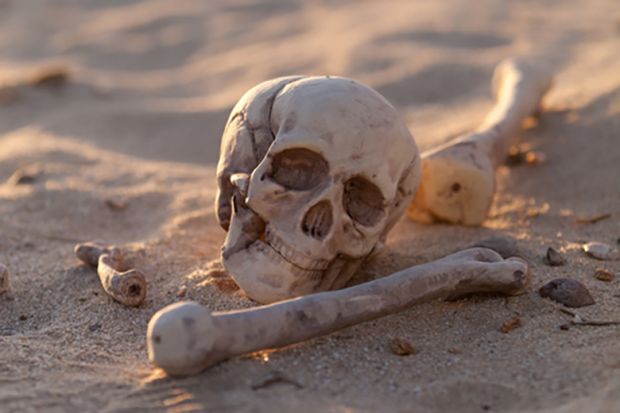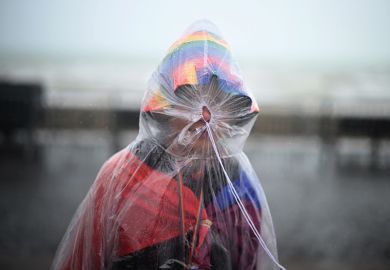In the common rooms and waiting rooms of my youth, the satirical magazine Punch was ubiquitous. One rarely read the articles, but always looked at the cartoons. A distinct genre showed missionaries in cooking pots. The resigned look of the victims and the smug aspect of those who were to dine on them managed to evoke the calm atmosphere of an Oxford garden party. A late example showed two stout but rather speckled chaps in the pot, where one is saying to the other, “I just hate the way they stick cloves in us.”
This kind of joke, which existed all over the industrialised world, was the last, trivialised vestige of what had been a major moral obsession: how do you deal with “Stone Age”, “Neolithic” and “savage” people when you encounter them? George Behlmer’s book is about the corner of the British Empire where they were found in many varieties, in the Solomons, the New Hebrides, Fiji and Papua New Guinea. This was not the empire of the flag following trade, but a backwater in which missionaries followed explorers – and sometimes were explorers.
Behlmer is right to point out the unimportance of the region as a significant aspect of context. Demographically, the whole region including Australasia amounted to under 2 per cent of the empire, and economically it was proportionate. Politically, London was always reluctant and late in creating administrations and governments, despite the near unanimity of informed opinion that it should do so. Behlmer is also right to show how the traders operating in the area were at least as “savage” as any “native”, if the word is interpreted ethically rather than developmentally. Here missionaries, a peripheral nuisance in most parts of empire, became central to the narrative.
“Savages” tend to eat people, to keep human heads as souvenirs, kill surplus children and strangle widows. Of these, headhunting generated the most sophisticated research and debate, but cannibalism became the major cultural obsession, a “taboo” in the ordinary if not the Freudian sense. It was abhorred, of course, but also theorised, relativised, excused and even admired: the Cannibal Society, established in 1863, included the MP Charles Bradlaugh and the explorer Sir Richard Burton in its ranks. Tom Harrisson, who went on to found Mass-Observation, was prepared to indulge in the cause of ethnography in the 1930s: human flesh tasted of pork rather than chicken, apparently. But the more common attitude was probably that of Sir Hubert Murray, who governed Papua New Guinea from 1907 to 1940 under various titles. He believed in stamping out the practice without being excessively censorious.
Behlmer offers a sweeping and scholarly account of the goings‑on in what was called, appropriately and sometimes officially, the “back of beyond”. It is as much about the colonialists as about the colonised, and it is also to be commended for its constant recognition of ethical and linguistic complexity. If I have a quibble, it would be with the absence of first-hand accounts of how it felt when, say, the overwhelming majority of Fijians converted to Methodism within a generation. But it should be read by all those interested in the British Empire as well as all those visiting the back of beyond.
Lincoln Allison is emeritus reader in politics at the University of Warwick.
Risky Shores: Savagery and Colonialism in the Western Pacific
By George K. Behlmer
Stanford University Press, 360pp, £72.00 and £22.99
ISBN 9781503604926 and 5947
Published 1 July 2018
POSTSCRIPT:
Print headline: Empire’s wildly alluring fringes
Register to continue
Why register?
- Registration is free and only takes a moment
- Once registered, you can read 3 articles a month
- Sign up for our newsletter
Subscribe
Or subscribe for unlimited access to:
- Unlimited access to news, views, insights & reviews
- Digital editions
- Digital access to THE’s university and college rankings analysis
Already registered or a current subscriber? Login








